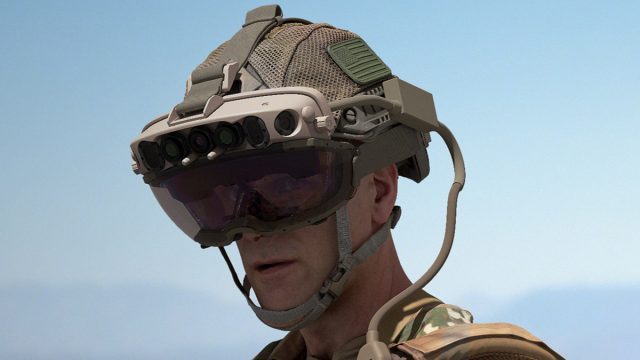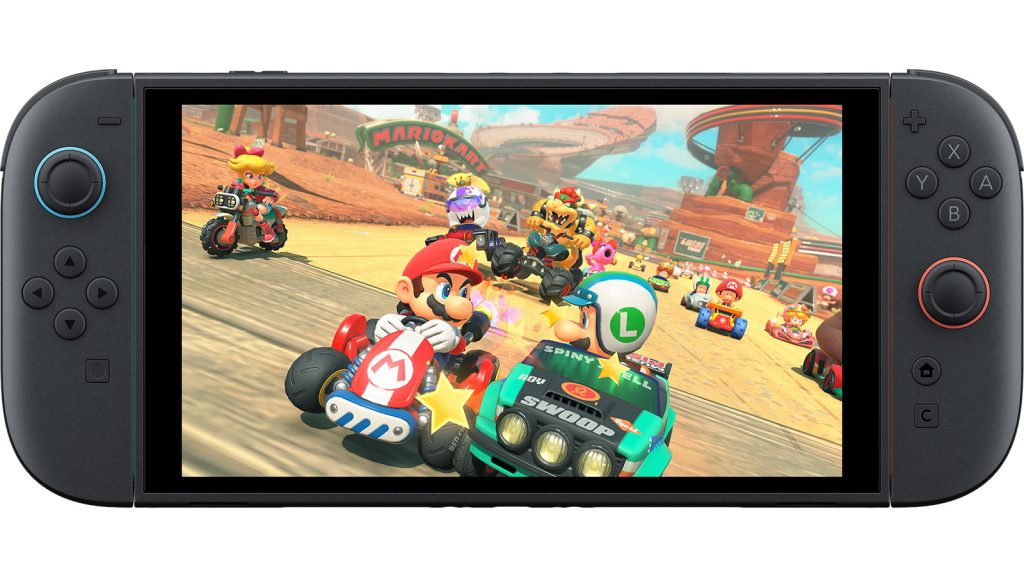For years, TV innovation was measured in dimming zones, colour accuracy, contrast ratio, and peak brightness. Hardware advancements drove the conversation. Better panels, smarter backlighting, and refined display tech were the hallmarks of progress. But with Samsung’s latest 2025 AI TV lineup, the conversation is shifting.
The hardware? Largely familiar. The difference? It’s all in the software.
Samsung is leaning hard into artificial intelligence to shape what it calls a “smarter viewing experience.” Through Vision AI, Adaptive Picture Pro, AI Upscaling, and even features like EyeComfort Mode, the company claims its TVs now offer better picture quality and improved viewing comfort, not through new hardware, but smarter algorithms.
Understanding Samsung’s Software Play

At the heart of this new direction is Vision AI, a machine learning engine that analyses what’s on screen, like faces, text, lighting, even scene types, and adjusts picture settings in real time. Samsung says this means better contrast, reduced eye strain, and improved clarity, whether you’re watching a dark thriller at night or a cartoon (don’t judge) on a sunny afternoon.

The AI doesn’t just respond to content; it also learns from users. Over time, Samsung says it adapts to your viewing habits, understanding what you watch and how you prefer it. It then fine-tunes the display to suit individual preferences without you lifting a finger.

Add in AI Upscaling, which boosts older HD content to near-4K or 8K, and Adaptive Picture Pro, which tweaks brightness based on room lighting, and the message becomes clear: Samsung wants to make TVs smarter, not necessarily newer.

EyeComfort Mode rounds out the health-first story, reducing blue light intensity automatically based on the time of day. This is a feature Samsung hopes will appeal to those who wind down in front of the TV after dark.

But here’s the nuance: this is not a new display panel. Samsung’s QLED technology remains the same at its core, and while it now comes with TÜV Rheinland certification for “eye-safe” colour accuracy, the leap is in processing, not panel innovation.
Meanwhile, Sony Doubles Down on Hardware

To better understand Samsung’s approach, it’s worth looking at what others in the industry are doing. Sony’s new Bravia 9 series, for example, goes the opposite route. With a next-gen Mini LED backlight system, improved dimming control, and higher peak brightness, Sony is betting on hardware to push visual fidelity forward.

It’s a clear philosophical split: Sony is asking you to invest in better panels. Samsung is asking you to trust smarter software.
A Familiar Shift: Think Smartphone Photography

The difference is not unlike what happened in mobile photography. Years ago, bigger sensors and DSLR comparisons dominated camera conversations. But then came computational photography. Phones like the Pixel and iPhone began producing stunning shots, not because the hardware outpaced DSLRs, but because AI could automatically optimise, enhance, and edit images in seconds.
The result? A good-enough photo, every time, with zero effort.

Samsung seems to be chasing the same result on the living room wall: a “good-enough” picture, perfectly tuned, with no manual tweaking.
The Big Question: Is This Enough?

To be fair, Samsung’s vision is practical. Not everyone wants to fiddle with picture modes or dive into advanced calibration. For the average viewer, software that adapts to ambient light, content type, and user behaviour could offer real benefits.
And with integration into the SmartThings ecosystem, these TVs aren’t just screens, they’re command centres for your smart home, syncing with lighting, audio, and appliances for a more connected living space.
But it also raises a question worth exploring: Is software enhancement a substitute for true hardware progress or just a stopgap until the next leap in panel technology? Only hands-on testing will tell us whether these AI-driven improvements are truly game-changing or simply smoothing over hardware limits.
Pre-orders for the 2025 Samsung AI TV lineup are now open, with early freebies worth up to RM6,499 available for a limited time.






